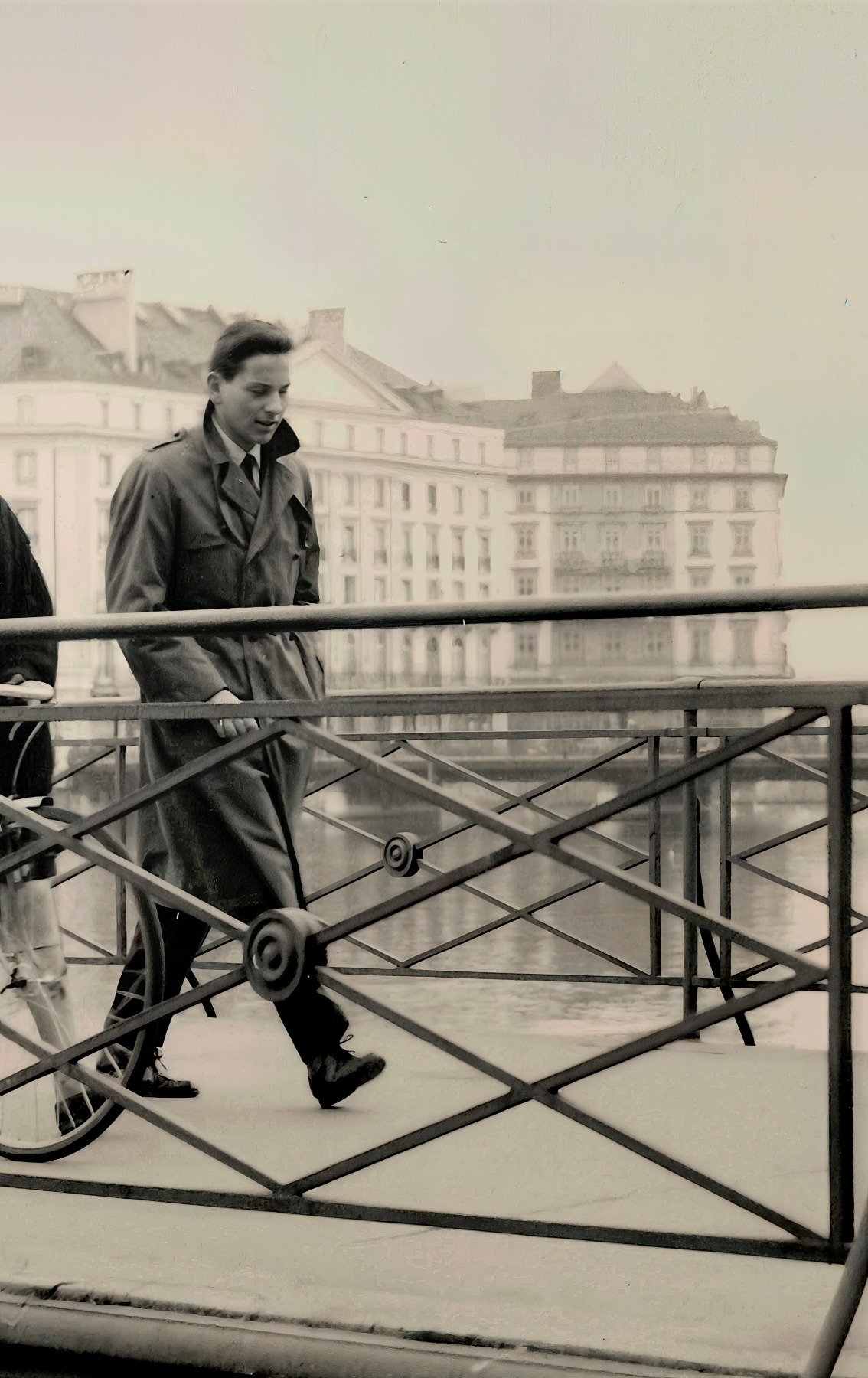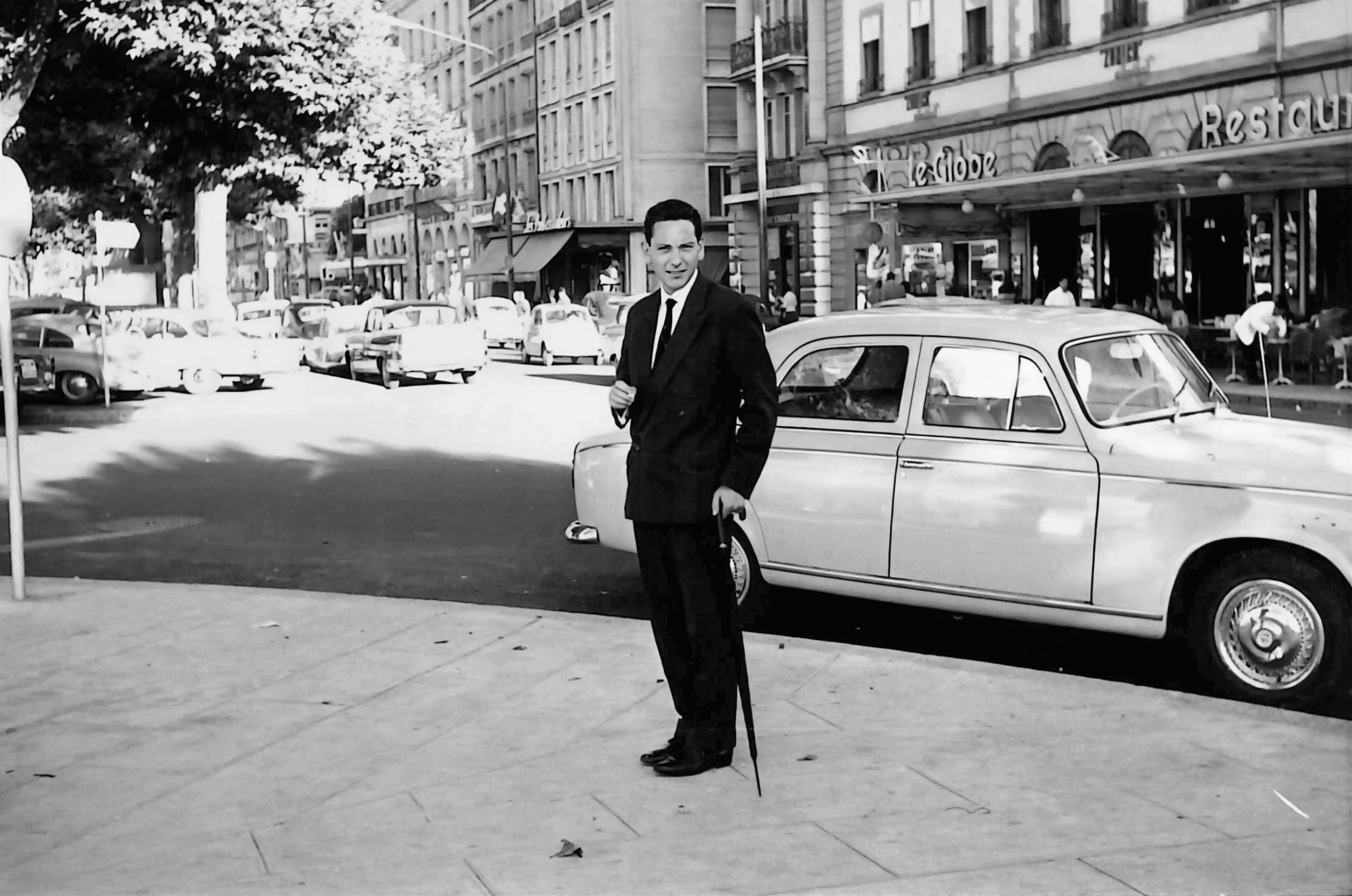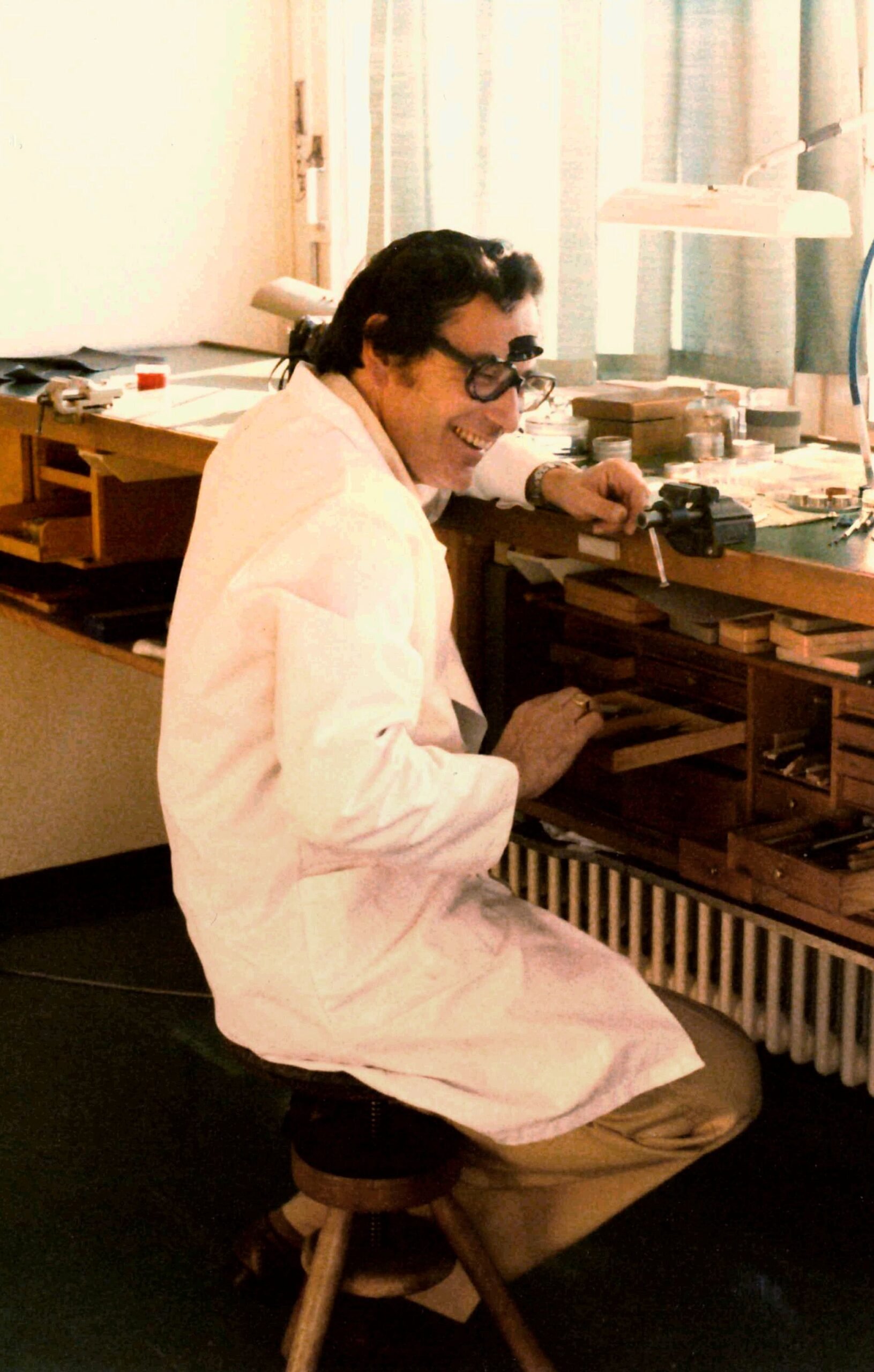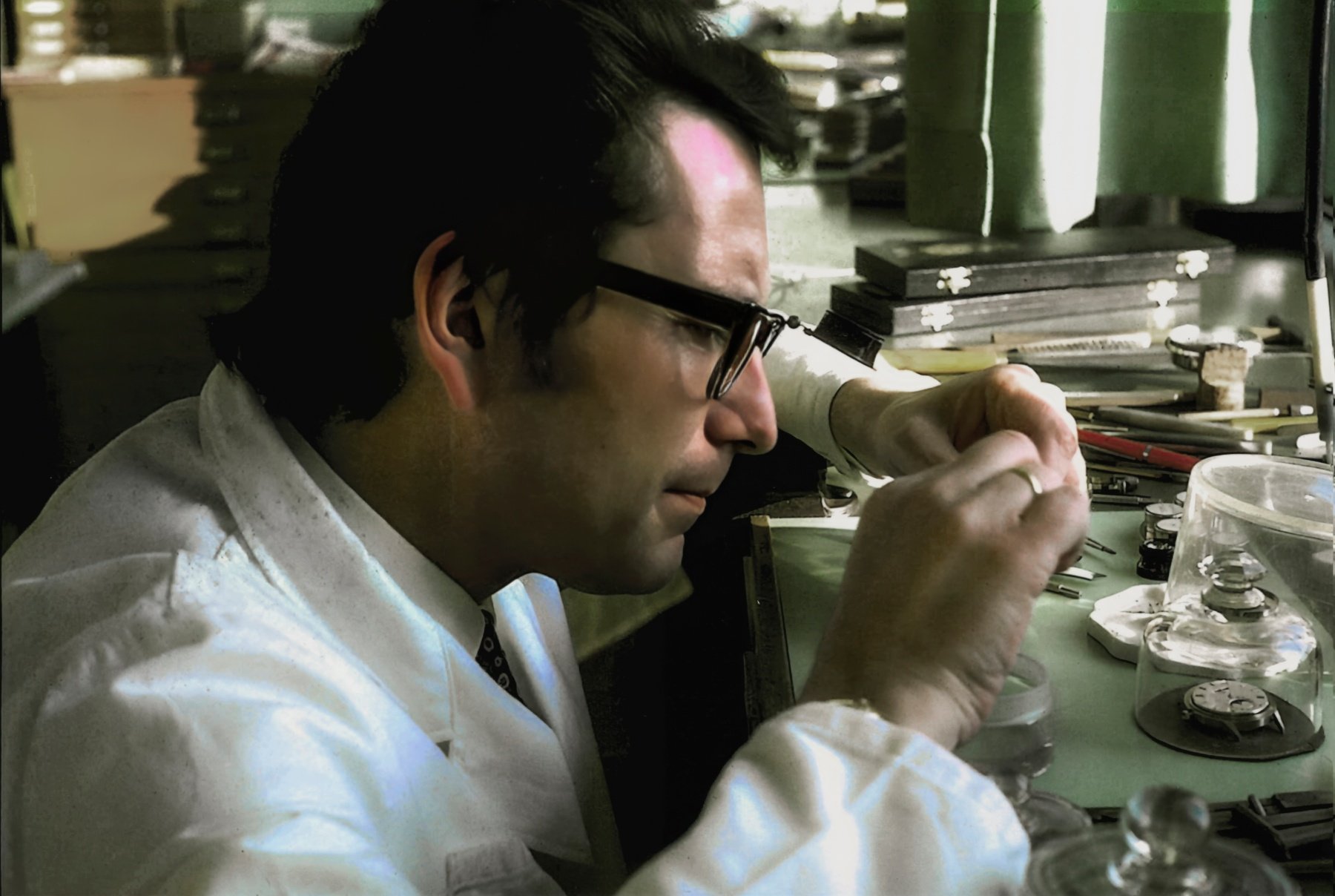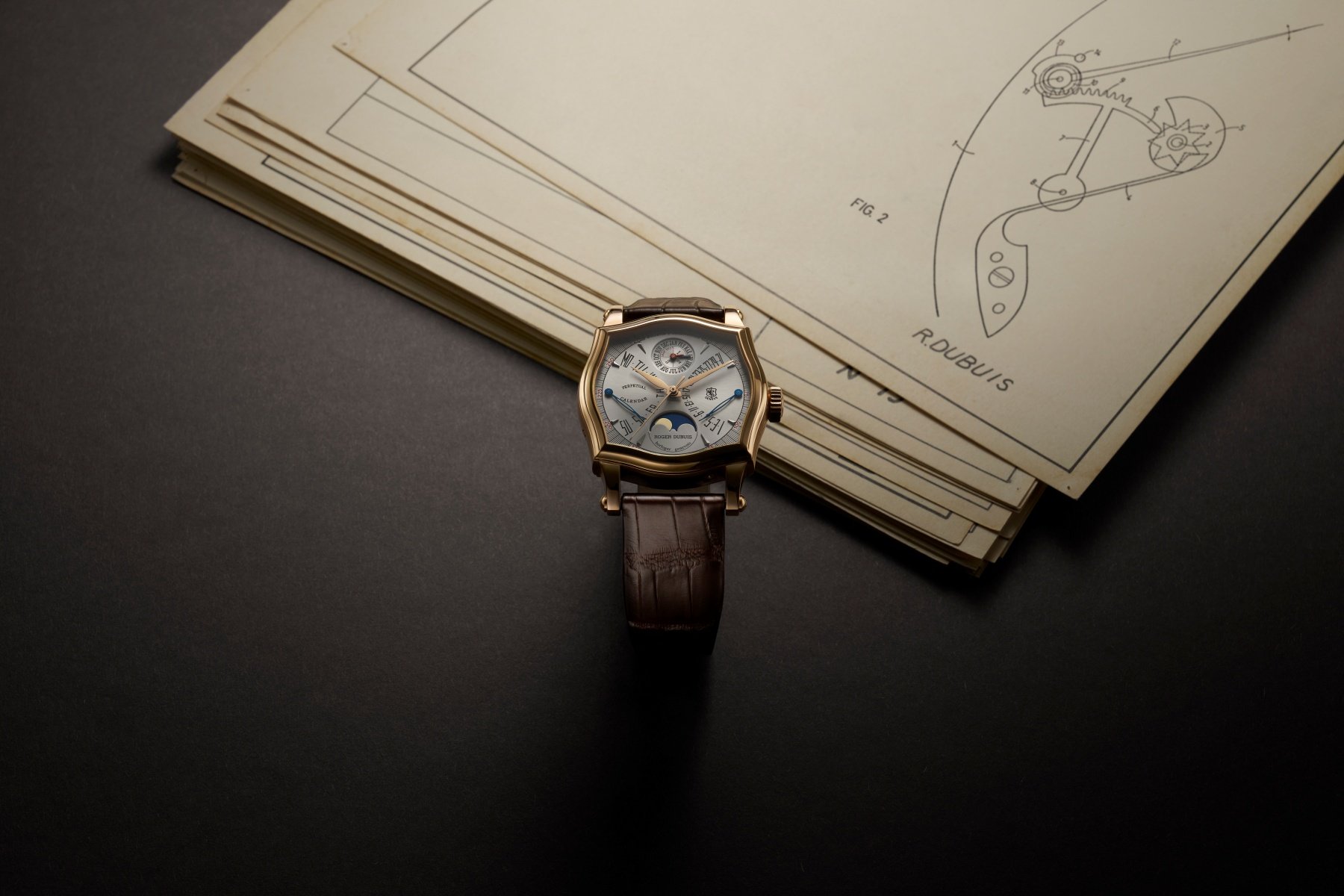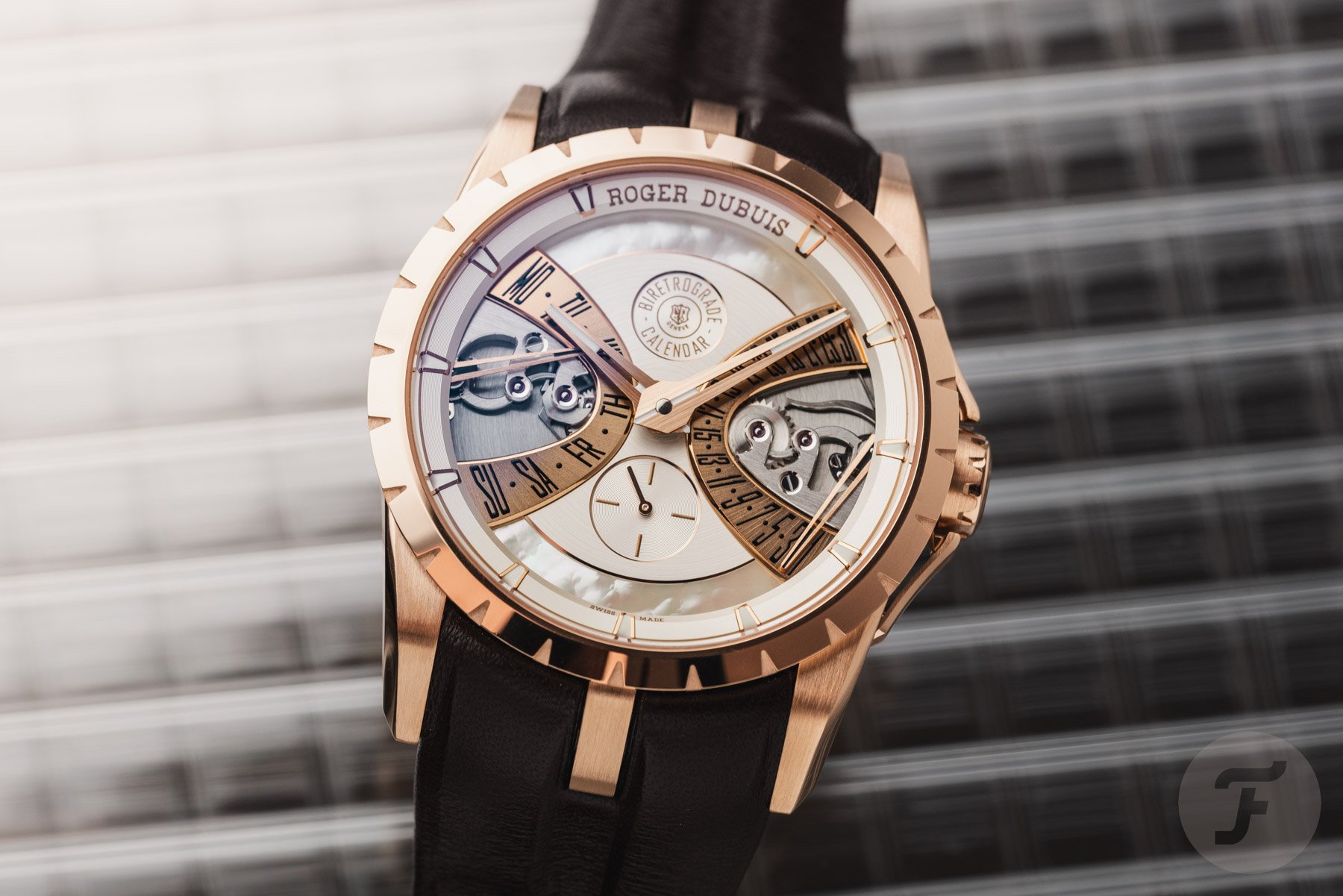Who Was Roger Dubuis? — The Life And Work Of The Master Watchmaker With A Taste For The Extravagant
So far, we’ve introduced you to Abraham-Louis Breguet, who set up shop 250 years ago, and the “Breguet of the 20th Century,” English watchmaker and inventor of the Co-Axial escapement, George Daniels. In the spirit of independent watchmaking and the brand’s 30th anniversary, Fratello now invites you to get acquainted with Monsieur Roger Dubuis (1938–2017), a Swiss-born master watchmaker with an unexpected taste for the extravagant.
We know how a watchmaker becomes a watchmaker. Going to watchmaking school is the most obvious way. But why someone becomes a watchmaker is a question to which the answers vary wildly. We know why Roger Dubuis, born in 1938 and raised in Corsier-sur-Vevey, a community in the Swiss canton of Vaud, became a watchmaker. “I used to pass the clock in the church’s bell tower. And then, badaboom, I fell in love with that mechanism. That’s how my passion for watchmaking was born,” Roger Dubuis reminisced at an older age. Young Roger spent his childhood among the skilled and inspiring craftsmen of the village, the same place where Charlie Chaplin died in 1977 at 88, just 15 years after fathering his 11th and last child, but that’s entirely beside the point. We should be focusing on Roger Dubuis.
Who was Roger Dubuis? — The early years
Not only was young Roger curious about the inner workings of clocks, but he also had a talent for understanding them. Those two elements reinforced each other, and it seemed that watchmaking was Roger Dubuis’s destiny. A local watchmaker soon recognized his talent and took the young apprentice under his wing, nurturing what would become a lifelong passion. At just 15, Roger enrolled at the École des Arts et Métiers in Geneva. Ninety kilometers from home, the young watchmaking student excelled, and in 1957, he earned his diploma.
During his studies, he was assigned the student number 208, a number he would proudly engrave on his tools throughout his career, keeping with the school’s tradition. The “8” from that number later became the Roger Dubuis brand’s lucky charm, often determining the limited quantities of its timepieces, but we’re getting ahead of ourselves.
To complete his studies, student Dubuis, as is customary at watchmaking school, had to craft a movement, one he aptly dubbed Calibre 208. Remarkably, his movement was awarded the prestigious Poinçon de Genève, recognizing its Haute Horlogerie finishing and outstanding accuracy. Receiving the distinction set the tone for Dubuis’s lifelong pursuit of excellence. From that moment on, there was no doubt about his commitment to upholding and advancing the finest traditions of Genevan watchmaking.
Headhunted
Creating a Poinçon de Genève movement as a student didn’t go unnoticed. Longines headhunted the grade-A student, and off he went to Saint-Imier. Dubuis spent nine years at Longines meticulously repairing the company’s wide range of chronographs, and then he went back to Geneva to take a position in the grand complications workshop of Patek Philippe.
Dubuis would work for the famous brand for another 15 years, but watchmaking was more than work — it was also a personal devotion. So, beyond his official duties, he dedicated countless hours to restoring antique timepieces for an elite clientele, including private collectors, the Musée de l’Horlogerie, and Osvaldo Patrizzi, the pioneer who first introduced watches at auction. These restorations offered the devoted watchmaker a profound education in using traditional tools, understanding processes, and the workings of historical mechanisms, further refining his mastery.
Caring for craftsmanship
Dubuis’s love for watchmaking ran deep, and he felt responsible for guarding the centuries-old craft of mechanical watchmaking when, in the late 1970s, the Quartz Crisis started to hurt the traditional Swiss industry. He partnered with Svend Andersen to create an organization that would preserve the values of watchmaking expertise while still trying to remain profitable. “I was scared,” said Dubuis later in life. “I thought it was the end of watchmaking. So much so that in 1977, I founded Groupement Genevois des Cabinotiers with a few fellow watchmakers.”
Andersen, Dubuis, and the other members of the Groupement Genevois des Cabinotiers crafted exquisite timepieces while also pursuing personal creations driven by their artistic visions. Also, Dubuis’s first signs of his open-minded approach to a traditional and often conservative craft came to light. Throughout his life, Dubuis frequently paid tribute to those he loved, taking inspiration from their creativity and imagination. One example of this was a watch he created using inspiration from a picture his young daughter drew.
The exuberant side of Roger Dubuis
Later in his career, his willingness to try new shapes resulted in the audacious Golden Square, Much More, and Too Much collections of the 2000s. Two years ago, during a Watches and Wonders appointment with the brand, a Roger Dubuis watchmaker and protégé of the founding master revealed that gem-set watches had a special place in the brand’s founder’s heart. The placid watchmaker also had an extravagant and exuberant side that not everybody knew about. During that conversation, I also learned that Mr. Dubuis thought of the perpetual calendar as a mathematical complication and the tourbillon as a display of a watchmaker’s engineering skills.
Dubuis’s role in guarding mechanical watchmaking, keeping it relevant, and giving it a future was undeniable and helped take his reputation as a unique watchmaker to a higher level. But although he was thriving professionally, his health began to decline. After suffering a heart attack, he was forced to take time to recover and regain his strength. Fortunately, one of his watchmakers stood by him, helping Dubuis relearn specific techniques. In these challenging moments, the master was supported by someone he had once inspired.
The biretrograde display is born
When the Groupement Genevois des Cabinotiers dissolved in 1983, Dubuis had already envisioned his next chapter. He joined forces with gifted movement designer Jean-Marc Wiederrecht, whose company, M.E., took its name from Jean-Marc and his wife, Catherine-Esther. By the late 1980s, Dubuis joined the workshop, prompting a change in name to P.M.E. — the added initial “P” referencing “Placide,” the childhood nickname he had earned as a scout. The moniker perfectly captured his gentle and composed nature. During this period, Dubuis began developing modules and movements, the first being a retrograde perpetual calendar module.
The P.M.E. partnership flourished because of deep friendship, mutual respect, and complementary talents. Refining, simplifying, and modernizing the retrograde system culminated in the 1989 patent of a biretrograde display. The biretrograde perpetual calendar module was designed to sit atop a Lemania 2310, a base caliber with which Dubuis was very familiar after having worked with it often during his time at Patek. The biretrograde system is an orchestration of cams, rakes, clicks, and springs, all working harmoniously to guide the calendar hands along their semicircular scales. At the end of each cycle, the hands instantly return to zero, ready to start all over. The P.M.E. biretrograde perpetual calendar movement was unveiled at the Basel watch fair in 1989. It debuted in a Harry Winston creation, marking the first time this complication had appeared in a wristwatch.
Setting up shop
Big business decisions are rarely made in offices. Hotels, fairs, and bars are often the birthplaces of (successful) business ideas. The idea to start a brand named Roger Dubuis originated inside one of Roger Dubuis’s favorite restaurants, with a chance encounter with watch enthusiast and entrepreneur Carlos Dias. The encounter revealed a shared passion for fine watchmaking. As a result, Dubuis left P.M.E. in 1995, and with Dias, he started Société Genevoise de Montres (SOGEM). Still, it wasn’t long before the name Manufacture Roger Dubuis SA appeared on its official documents.
Upon his departure from P.M.E., Roger inherited half of the company’s assets, including the use of the retrograde display patent, which would prove vital in shaping the new brand’s first timepieces. The Roger Dubuis brand had a flying start with immediate success and acclaim. The 1996 Hommage collection introduced a series of chronographs that achieved certification from both the Besançon Observatory and the prestigious Poinçon de Genève. “For me, the Poinçon de Genève was an obligation of the heart because it is proof of quality and a discipline I’ve practiced throughout my life,” Dubuis said later in life, reflecting on the brand’s beginnings. “It was only natural that Roger Dubuis watches should be Poinçon de Genève certified.”
Birth of the Hommage and Sympathie collections
In addition to the round Hommage collection, the brand also launched the Sympathie series, which stood out through its amorphous and angular square case and elongated lugs, creating a one-of-a-kind silhouette. The Hommage and Sympathie collections showcased Roger Dubuis’s in-house calibers, featuring time-only watches, chronographs, and distinct biretrograde perpetual calendars. All of these creations were available in limited quantities, and nowadays, they are rare finds.
Sharing knowledge
Beyond creating exceptional timepieces, Dubuis also found profound joy in sharing his knowledge. Even when the brand’s early years required a significant amount of time and effort, he still found the space to teach. He mentored watchmakers, nurtured young talent in La Chaux-de-Fonds, and introduced enthusiasts to the fundamentals of watchmaking culture. By doing these things, Dubuis acted as a Haute Horlogerie ambassador for his brand and traditional Swiss watchmaking in general.
Roger Dubuis left the company bearing his name in 2003, but he didn’t retire. Four years later, he joined Les Maîtres du Temps, a circle of master watchmakers dedicated to producing extraordinary creations. Rising to the challenge, Dubuis co-developed the Chapter One, alongside Christophe Claret and Peter Speake. The remarkable timepiece featured a tourbillon, monopusher chronograph, retrograde date, and GMT displays, as well as dual rolling indicators for the day of the week and moon phases. In 2009, Chapter Two debuted — a triple-calendar wristwatch co-created with Daniel Roth and Peter Speake. This watch featured a large date and rotating rollers for days and months.
In 2010, upon invitation, Roger Dubuis returned to his brand — two years after it became part of the Richemont Group — and started his role as ambassador. As a development consultant on special projects, he guided watchmakers by sharing his wisdom and experience.
Monsieur Roger Dubuis, the gifted and open-minded watchmaker, innovator, teacher, mentor, and ambassador, passed away in 2017. He left behind a legacy defined by exceptional savoir faire and cherished memories in the hearts of those who knew and worked with him.
Today’s connections
The brand is celebrating its 30th anniversary in 2025, and two of this year’s watches clearly connect with the earliest work of its founder. For instance, the eight-piece limited-edition Excalibur Grande Complication celebrates the art of complications with a biretrograde perpetual calendar (what else?), a minute repeater, and a tourbillon.
Another watch with a clear link to the brand’s origins is the Excalibur Biretrograde Calendar. In addition to the biretrograde indication of the day and date, a highlight of this 40mm pink gold watch is the use of mother-of-pearl on the dial.
The mother-of-pearl inserts at 12 and 6 o’clock connect to the ecliptic counters, which are wide on the ends and narrow towards the center. They pay tribute to Roger Dubuis, the first watchmaker to combine 18K pink gold and mother-of-pearl.
The anniversary year 2025 still has two months to go, meaning there’s still time to launch one or more homage watches. What are you waiting/hoping for — a Hommage chronograph, a Sympathie biretrograde perpetual calendar, or both?





